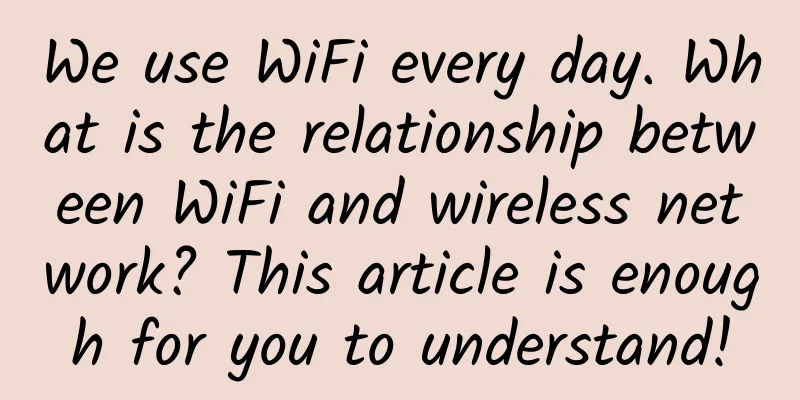How does 5G promote innovation in manufacturing?

|
5G technology is revolutionizing the way we communicate and transfer data, making it faster, more secure, and more efficient. With higher bandwidth and lower latency, 5G is enabling real-time communications between machines, sensors, cameras, and humans. 5G is creating smart factories, optimizing supply chains, and enabling augmented reality. 5G technology has the potential to revolutionize the manufacturing industry by enabling faster, more secure, more reliable and more efficient communications and data transmission. Here are some of the ways 5G is changing the manufacturing industry:
5G will be a catalyst for innovation in manufacturing, both in the creation and quality of products and in the way they are delivered through the supply chain. Challenges hindering widespread 5G adoption5G technology is still in its early stages, but it has already shown great potential to revolutionize various industries. However, there are several challenges that need to be addressed before 5G can be widely adopted. One of the most important obstacles is infrastructure. The deployment of 5G networks requires new equipment and infrastructure, such as small base stations and fiber optic cables. This requires significant investment from telecom operators and may take time to deploy the necessary infrastructure. Spectrum availability is another challenge facing 5G applications. 5G networks need access to large amounts of radio spectrum, but spectrum is limited and already in use by other wireless technologies. Governments and regulators need to allocate enough spectrum for 5G networks. However, this process can be complex and lengthy, and it may take years to provide enough spectrum for 5G networks. Security is also a major concern for 5G networks. 5G networks are more complex and interconnected than previous generations of wireless networks. This complexity can make them more vulnerable to cyberattacks. Therefore, having a secure and reliable network is essential. Telecom operators need to take security seriously and take appropriate measures to protect their networks. Lack of expertise could hinder mainstream adoption of 5G. With advances in various technologies such as IoT, cloud computing, artificial intelligence, AR/VR, manufacturers are having a hard time figuring out how to bring all of these together for maximum effect. They need experts who can understand these technologies and integrate them into existing infrastructure to realize the full potential of 5G. Which industries can benefit most from 5G?5G, the fifth generation of mobile networks, will significantly increase connectivity and data transfer speeds. Different industries can take advantage of 5G technology to enhance operations, but some will benefit more than others. The manufacturing industry can use 5G to enable real-time monitoring and control of production processes, predictive maintenance, and higher levels of automation. This can help manufacturers improve efficiency and productivity, thereby saving costs and increasing competitiveness. Another industry that could benefit from 5G is healthcare. By enabling faster and more reliable communications between medical professionals, 5G could facilitate better patient care. Additionally, 5G could support the use of remote patient monitoring and telemedicine, providing more convenient and cost-effective healthcare services. Transportation is another industry that can use 5G technology to great effect. With 5G, it will be possible to develop self-driving cars and support the use of real-time traffic data to improve traffic flow and reduce congestion. This can lead to safer and more efficient transportation systems. In the energy and utilities sector, 5G can help providers improve energy efficiency by monitoring and controlling energy consumption and distribution in real time. This can lead to cost savings, improved resource management, and more sustainable energy systems. The entertainment and media industry can also use 5G to support the development of new immersive and interactive experiences, such as virtual and augmented reality. This can enhance the user experience of gaming, sports and other forms of entertainment, leading to new business opportunities and increased revenue streams. |
<<: Summary of the "thread" model in IO flow
>>: Smart Encyclopedia | What is a 400G optical module?
Recommend
HostHatch US VPS 40% off + 5 times the traffic, Los Angeles 1TB large hard drive starting at $33/year
HostHatch shared some of their recent work a few ...
[6.18] Megalayer flash sale: Hong Kong independent server starts from 199 yuan/month, high-defense server starts from 299 yuan/month
At the beginning of the month, we shared Megalaye...
LOCVPS New Year Promotion: Netherlands VPS 40% off, starting from 22 yuan, Singapore VPS/Russia VPS/Hong Kong VPS 30% off
LOCVPS (Global Cloud) is a long-established Chine...
1Gbps unlimited traffic server $59/month-E3-1270V2/16G memory/500G SSD/Los Angeles data center
Many friends are sensitive to traffic and feel th...
Useful information: When does DNS use the TCP protocol and when does it use the UDP protocol?
It is generally acknowledged that DNS occupies bo...
10 bad habits network administrators should avoid at all costs
Every enterprise network consists of devices that...
5G, you will be able to make phone calls
Yes, the title is correct. 5G will enable phone c...
Programmers' comments on Singles' Day: What is honey to others may be poison to me
In 2016, Tmall’s single-day sales record was 120....
Zhang Jinrui, Beijing Municipal Bureau of Economics and Information Technology: Beijing accelerates 5G gigabit network applications to create a new benchmark for the digital economy
At the "Third 5G Gigabit Network Industry Fo...
CMIVPS US/Hong Kong VPS restocking 20% off monthly payment/30% off annual payment, 10% off for dedicated servers
CMIVPS is currently restocking a large number of ...
80VPS: Korean CN2 server starting from 350 yuan/month, 2*E5-2450L/8GB/1TB/10M bandwidth/quick launch
80VPS is a Chinese hosting company that was estab...
Analysis of the operating data of the three major operators in October: the growth momentum of 5G package users remains rapid
Recently, the operating data of the three major o...
Learn how to restore IP address in one article!
[[426350]] Recover IP address Given a string cont...
Just remember one number and you can quickly calculate the available range of the IP segment.
As long as you remember a simple number, you can ...









